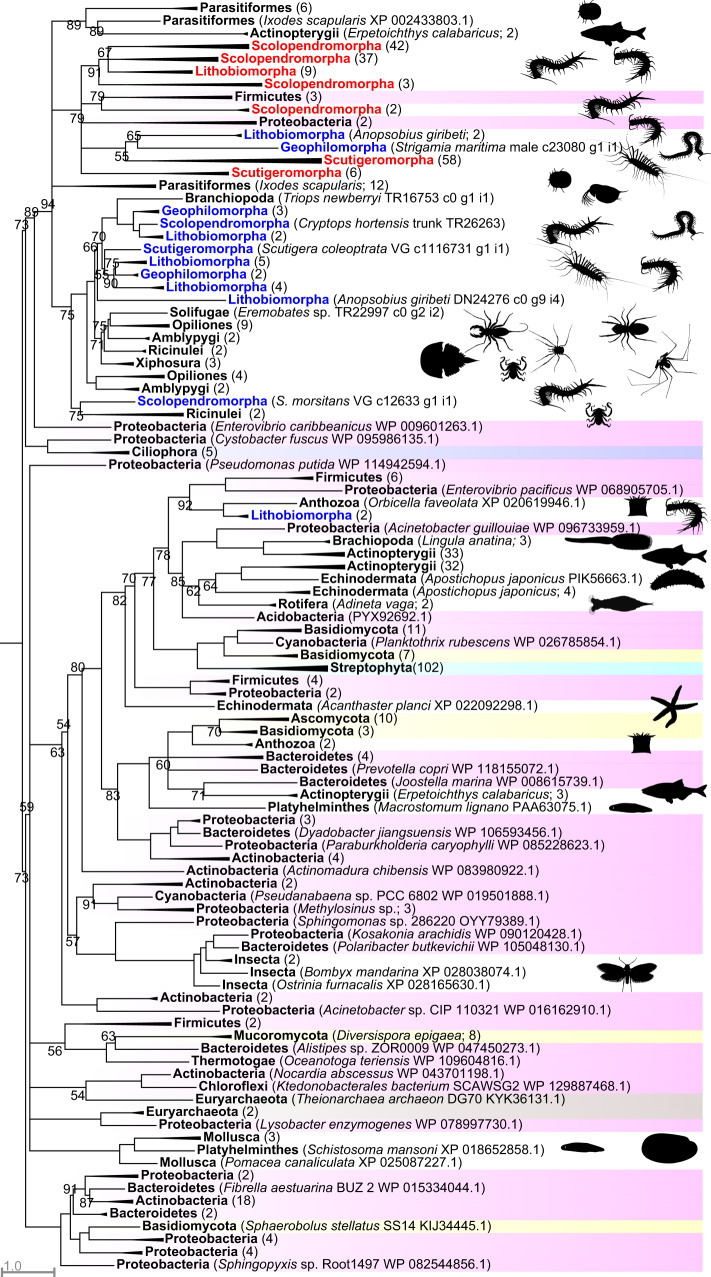Fig. 1. A maximum likelihood tree of β-PFTx sequences shows two clades of centipede β-PFTx sequences nested within a paraphyletic backbone of bacterial sequences.
The tree shows that the centipede β-PFTxs originated from at least two bacterial HGTs, one along the centipede or arthropod stem lineage (represented by the clade at the top of the tree with 94% bootstrap support), and one within the lithobiomorph lineage (represented by the clade of two lithobiomorph sequences lower down the tree). Centipede sequences are coloured blue (present in transcriptomes) and red (present in transcriptomes and venom proteomes). Highlighted sequences are Bacteria (pink), Euryarchaeota (brown), Protozoa (purple), Fungi (yellow), and Streptophyta (cyan). Metazoan sequences are not highlighted. Collapsed clades have the number of included sequences indicated in parentheses. For the uncollapsed tree see Supplementary Fig. 1. The tree was reconstructed using the WAG + R7 model and is displayed as midpoint rooted. Bootstrap support values are shown for each clade, and clades with support <50% are collapsed into polytomies. Clades without bootstrap values have >95% support. Non-centipede images are sourced from Phylopic (www.phylopic.org; credit for the Opiliones image is with Gareth Monger: https://creativecommons.org/licenses/by/3.0/).

